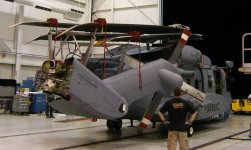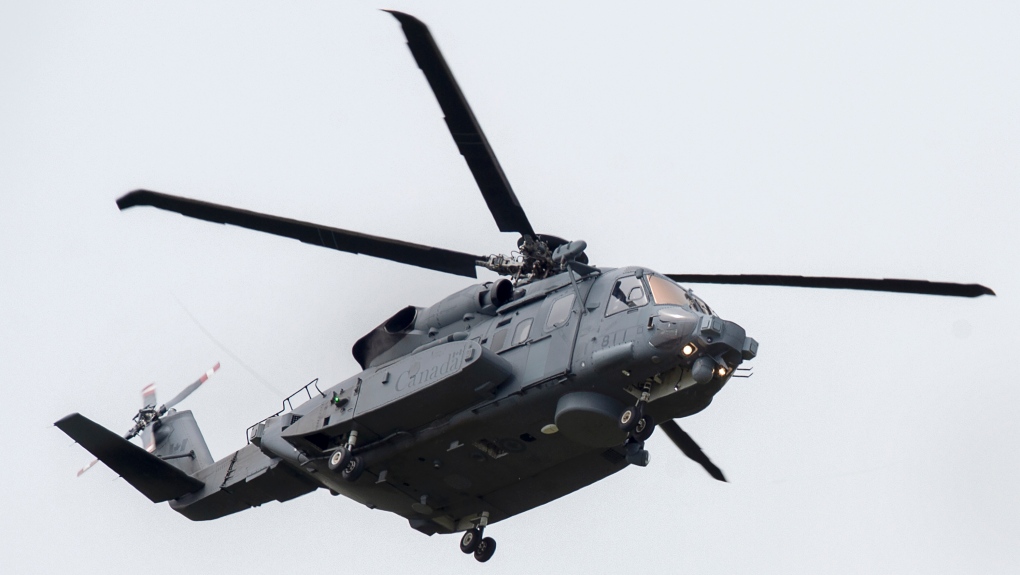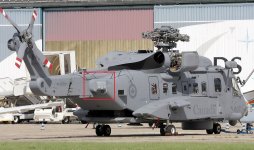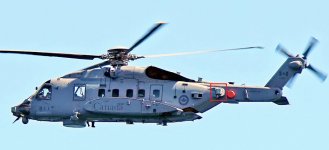- Reaction score
- 26,482
- Points
- 1,360
Non-standard repairs are quite common. It basically means that the issue is either something for which we have no approved repair scheme or it's something for which we have a repair scheme but the unserviceability exceeds published repair/damage limits in the maintenance manual. There are a lot of them on the 148 and they range from minor touch-ups for scratches in protective coatings all the way up to what we've got with this tail issue.
Thumbs up to what AM Sup said.
”Non-Standard” has specific meaning in aviation industry. It does not mean “sub-standard”. A better way of looking at it is that each repair is bespoke or individualized to a particular tail number.
Less my last aircraft flown, which still had the showroom smell to them, every CAF aircraft I ever flew had cracks and I’m certain of it, mon-standard repairs. Can non-standard repairs give cause to have the standard revised, and fleet modifications to be embodied? Absolutely. Does it mean any particular fleet is dangerous? No. That CAF/RCAF operational and technical airworthiness systems and flight safety/investigative systems are probably some of the notably better systems out there globally is a good thing. Even the points for improvement, amongst them the implementation of increasing levels of automation, are being addressed affirmatively. Perfectly, perhaps not, but pretty darn good. Does that mean bad things won’t happen from time to time? No, it doesn’t. However, the mark of a learning organization is not shying away from a timely, honest and comprehensive assessment of what has happened to date and what needs to be done to be better in the future.
$0.02
G2G





